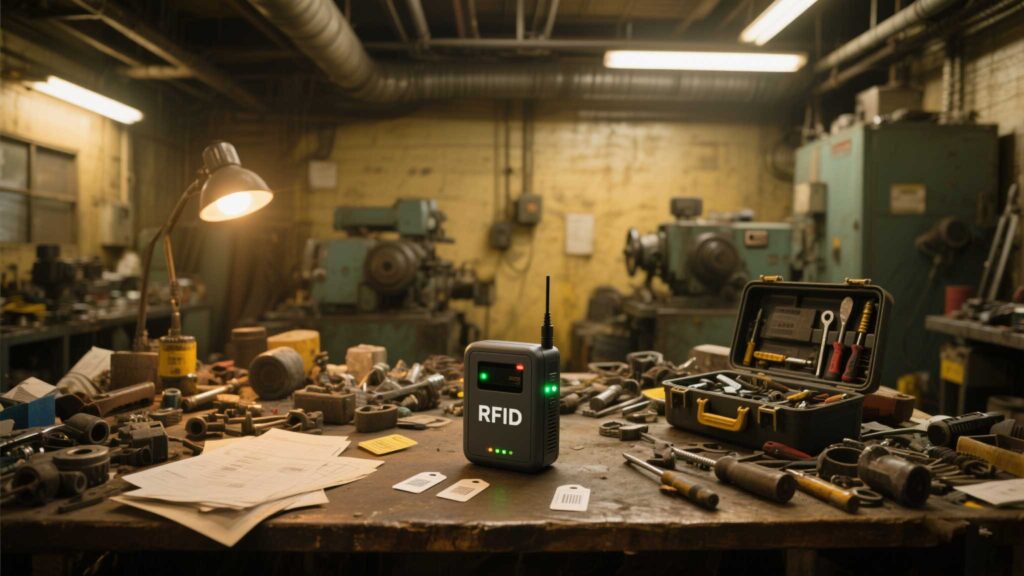Understanding RFID Unique Identifier — My Notes from the Field
96A firsthand look at RFID unique identifiers — how tags and readers really work, pitfalls to watch for, and practical lessons from using Cykeo RFID readers.
MoreAll RFID Product
Running a small business often feels like juggling flaming torches—keeping inventory accurate, orders timely, and costs low. Enter RFID: a tech once reserved for big corporations is now accessible for SMBs. But with so many options, how do you pick a system that’s both effective and budget-friendly? Let’s cut through the noise.
Manual counts and barcodes have their place, but RFID offers:
Cost Comparison: A basic RFID setup costs ≈500–2,000—similar to hiring a temp for seasonal counts.

1. Plug-and-Play Setup
Look for:
Example: Cykeo’s starter kit syncs with Shopify, making it a hit for e-commerce microbusinesses.
Tip: Start with tagging high-value or frequently misplaced items.
Choose systems that let you:

Case Study: A Brooklyn bakery cut inventory time by 70% using a $700 RFID setup, tagging mixers and baking supplies.
Takeaway: RFID isn’t just for Amazon-sized warehouses. With modules starting under $500, small businesses can slash inventory headaches, reduce shrinkage, and focus on growth. Prioritize ease of use, scalable software, and reusable tags to maximize ROI. And remember: even a modest setup can deliver outsized results.
A firsthand look at RFID unique identifiers — how tags and readers really work, pitfalls to watch for, and practical lessons from using Cykeo RFID readers.
MoreWondering how to check if your RFID is working? Learn simple and effective steps to test your RFID system, ensuring it’s operating correctly. Discover tips for troubleshooting RFID issues with Cykeo technology.
MoreCurious what RFID scanners look like? Explore designs, sizes, and applications of handheld, fixed, and integrated RFID scanners across industries.
MoreDiscover whether NFC is a form of RFID, their technical overlap, and unique applications. Learn how Cykeo integrates both technologies for seamless solutions.
More